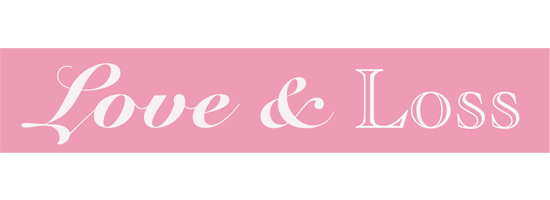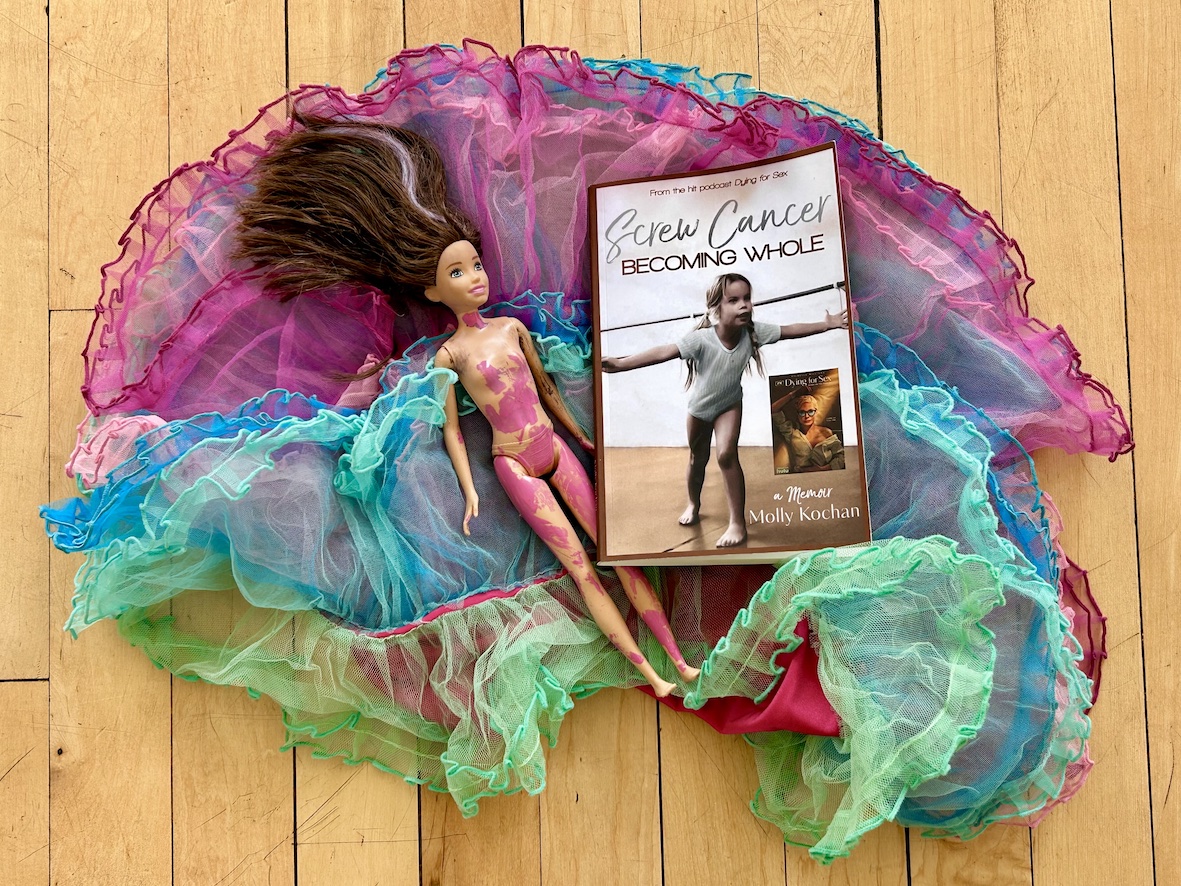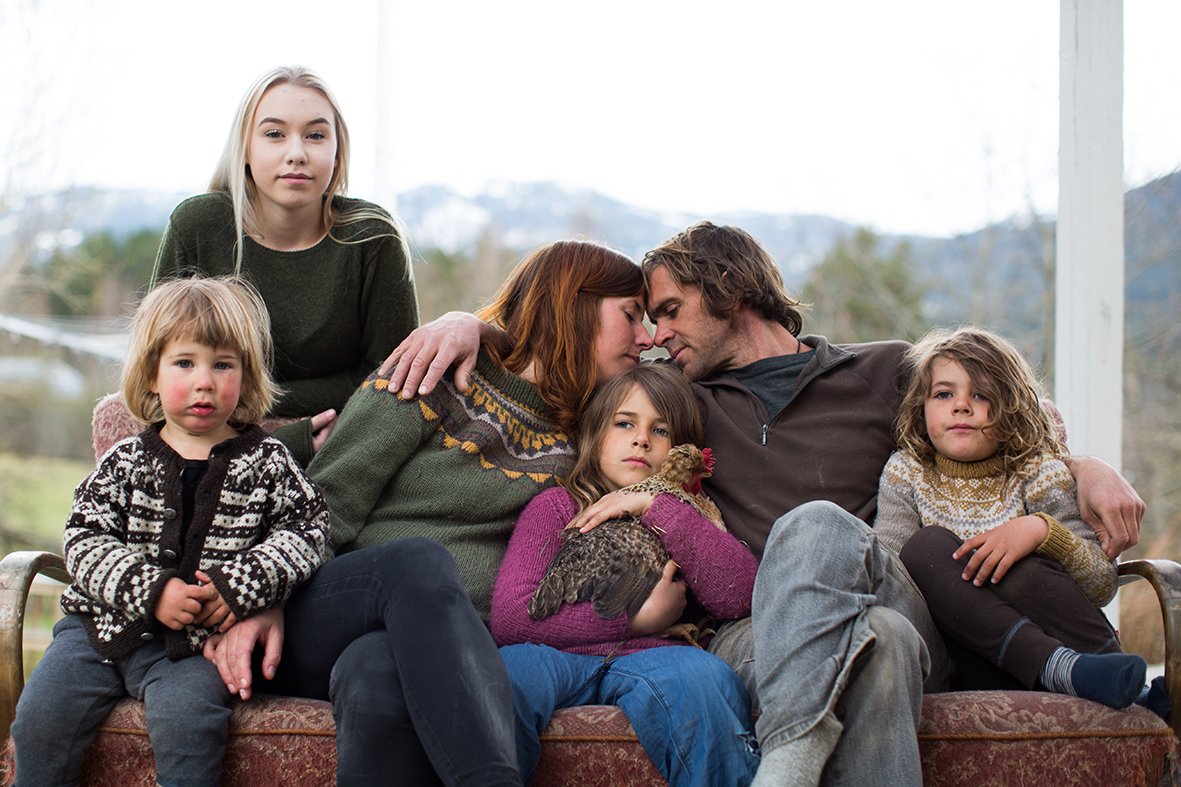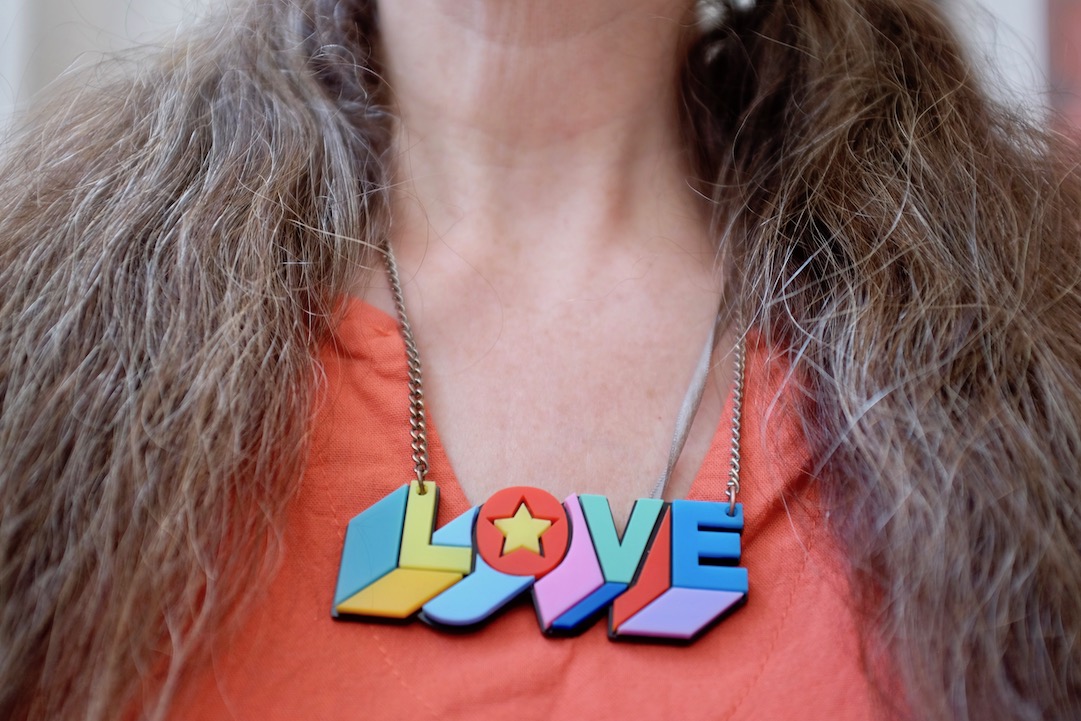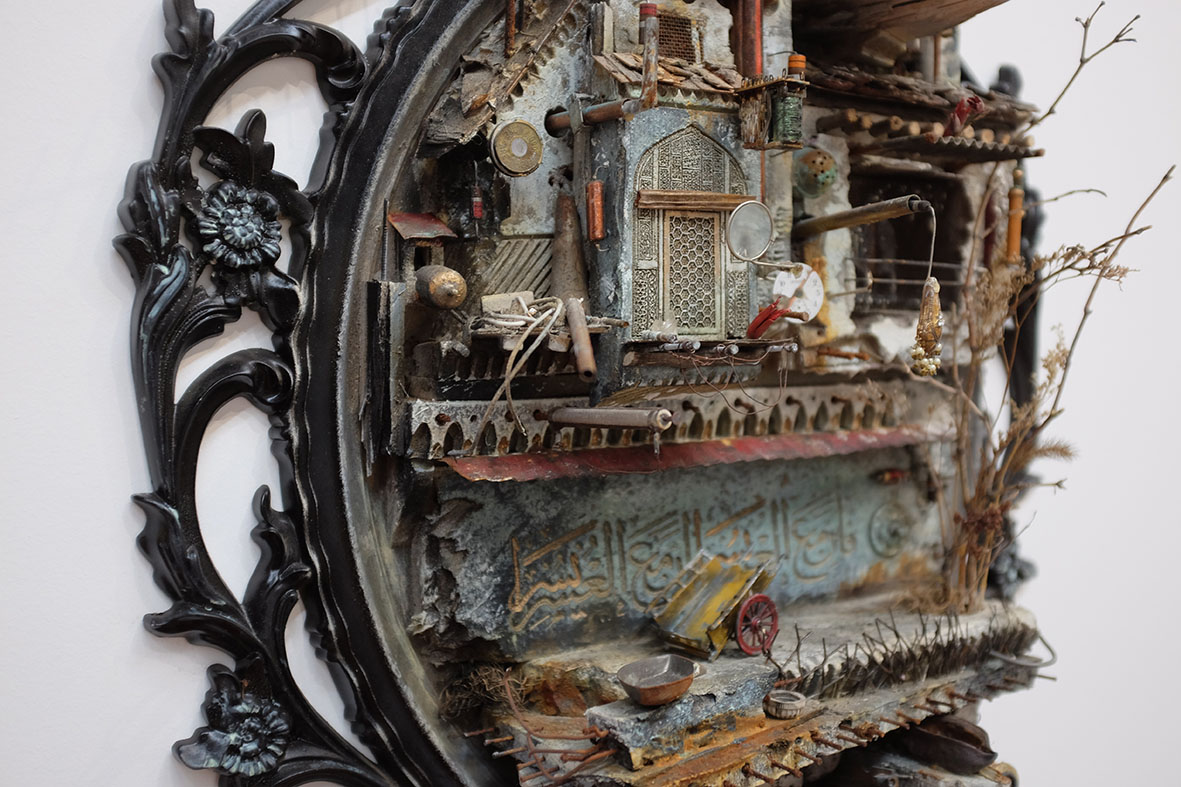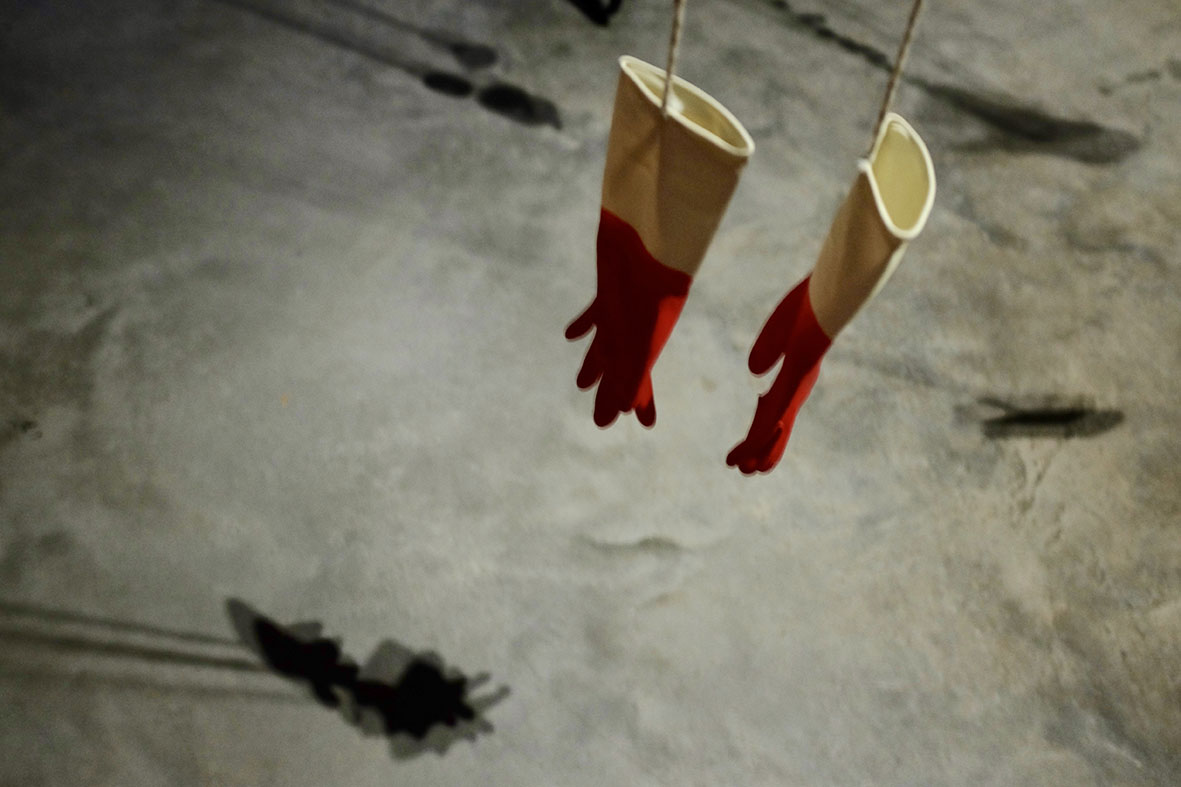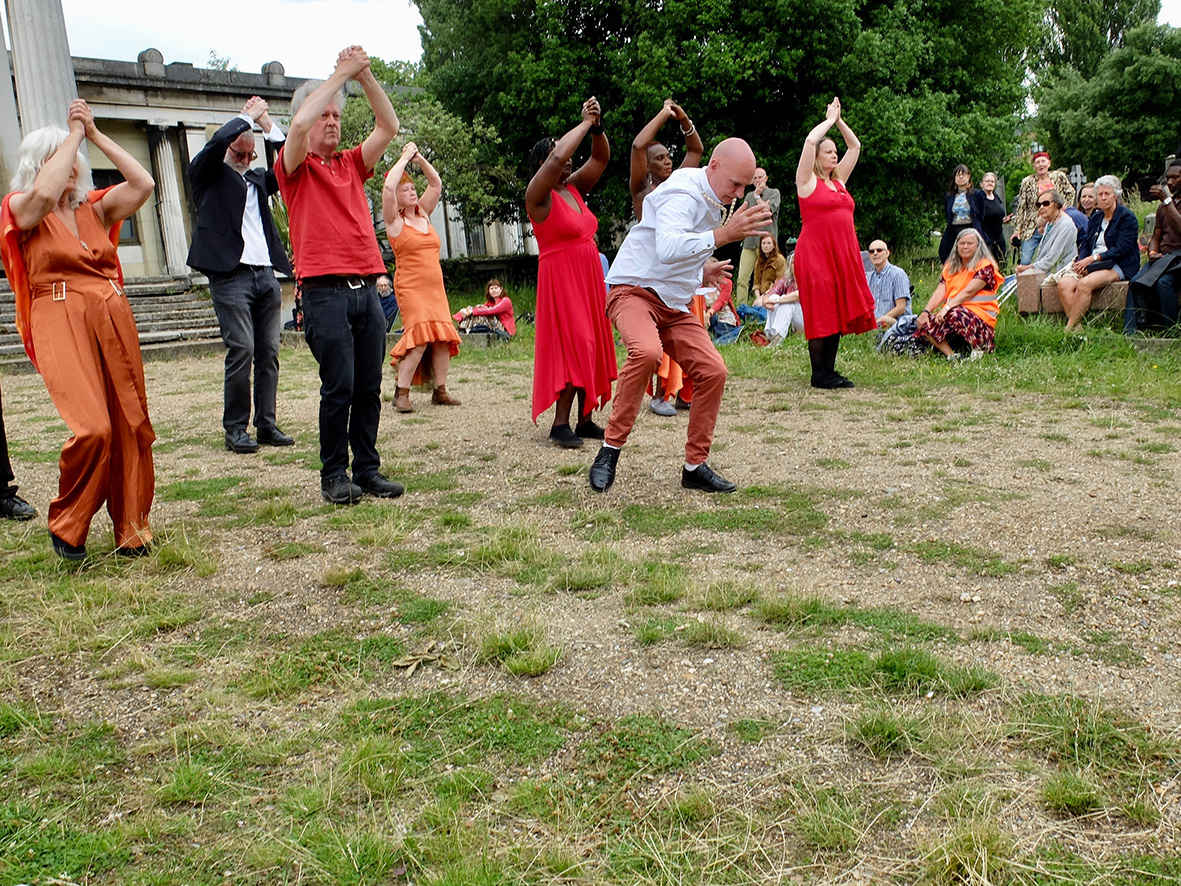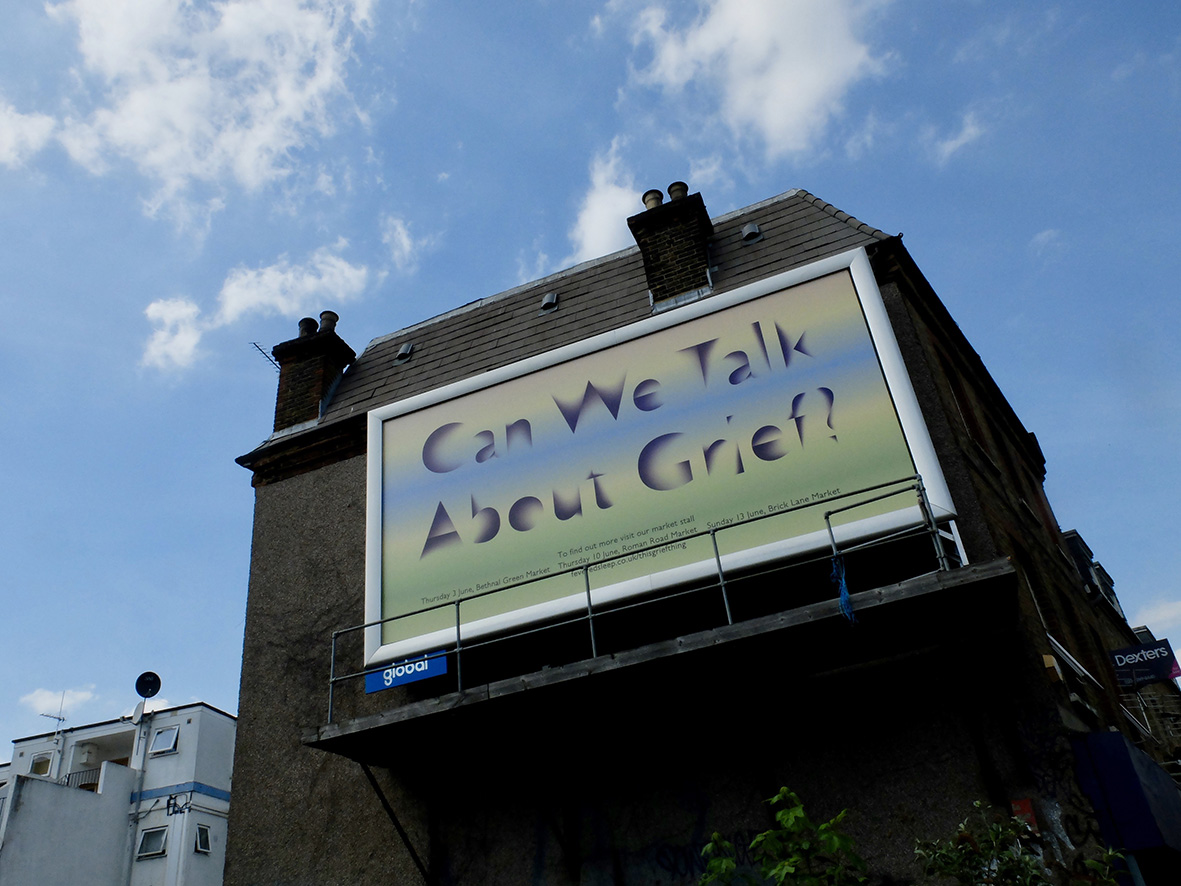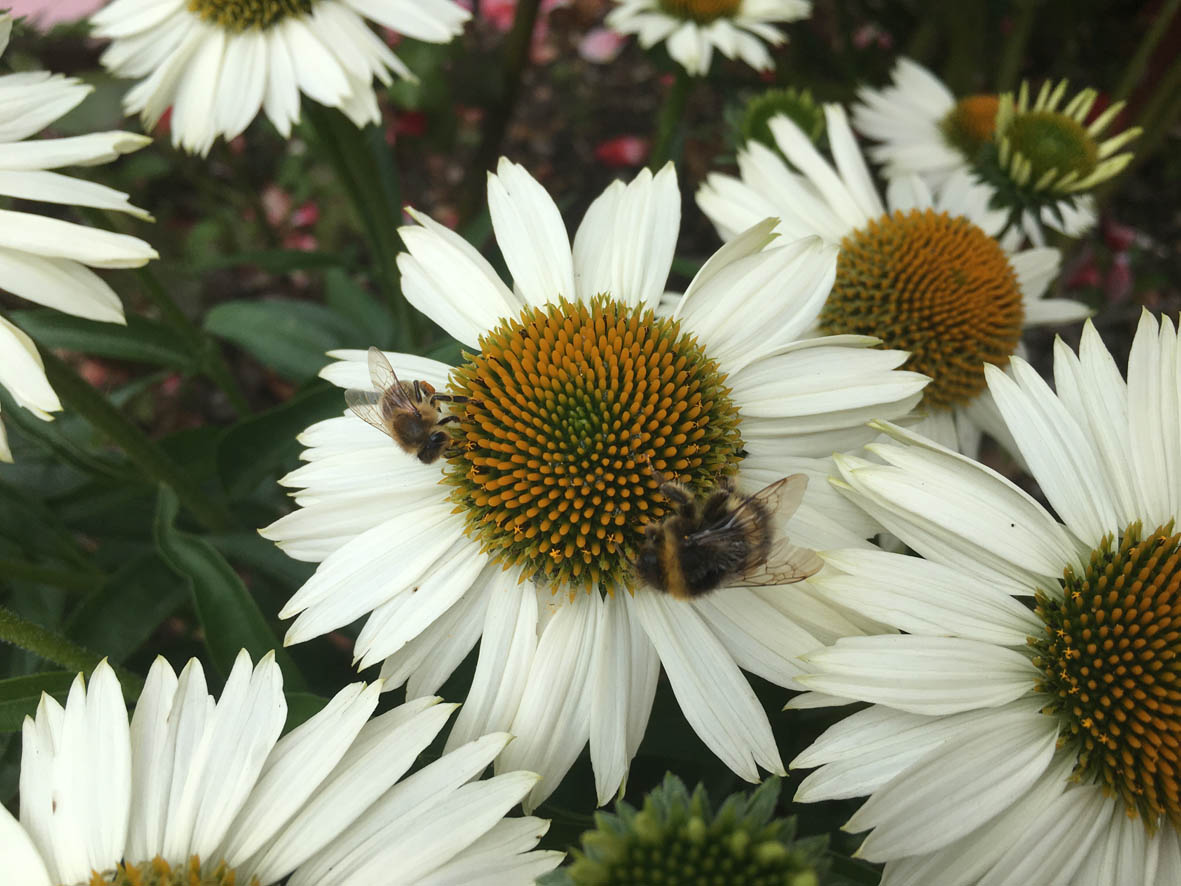15 Jun UK AIDS Quilt
The UK AIDS Quilt is a series of 42 large panels plus 23 smaller textile panels to commemorate over 380 people who dies of AIDS in the 1980’s and 1990’s. It was also designed to raise awareness of the ongoing AIDS pandemic.
Each panel is comprised of about 8 individual textile pieces. Each piece is made to remember someone. Friends and families have sewn and painted names, dates, images, symbols and words that reflect each person represented. There are a few famous names portrayed too including Bruce Chatwin, and Denholm Elliott. There are more details about each panel including the names of those who died on the UK AIDS Quilt website.
Shown together at the Tate Modern, the quilt brings a joyous clash of colours and styles – more outsider art than usually adorns the space. It is lying for a few days in the cavernous Turbine Hall, which easily swallows its length. Despite the Quilt’s size, it is only a small representation of the impact of lives lost in the AIDS pandemic in the 1980’s and 1990’s.
A lot has changed since the first case diagnosed in the USA (1981) and the UK (1982). This is thanks to effective testing, information about transmission, antiretroviral treatment, needle exchange programmes, blood product screening and treatment as pre-exposure prophylaxis with PrEP. For those in communities most challenged, there were often frequent, multiple reasons to grieve as thousands died. For more information about the shifts in infection rates, treatments and different demographics affected by HIV/AIDS, see AIDS Map.
My cousin was diagnosed with HIV in 1986, and eventually died ten years later. During the last weeks of his life, I began to understand the nature of the disease, as I sat at his bedside watching its cruel progress on his fragile body.
I now wish I had joined in this creative memorial act at the time and made an oblong of vibrant colours stitched to mark ‘Amaya Ben’s’ dance through life. I imagine how this might sit among the groovy cat and music lovers, the religious, the irreverent and uniquely personal representations that now tell an important piece of our collective cultural history.
To mourn losses old, new, and systemic, find Grief Tending workshops here, and for a space that is LGBTQIA+ focussed we also hold Grief Tending events at Queer Circle.
Sarah Pletts is a Grief Tender and Artist who offers workshops in London and online, sharing rituals where grief on all themes is welcome. For more information about Grief Tending events see here.
